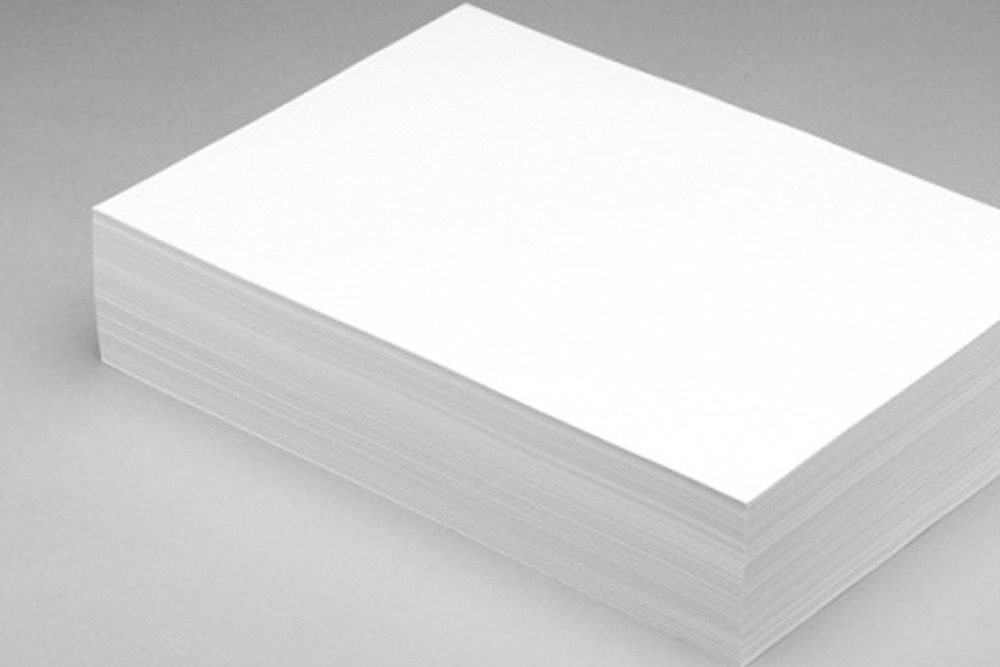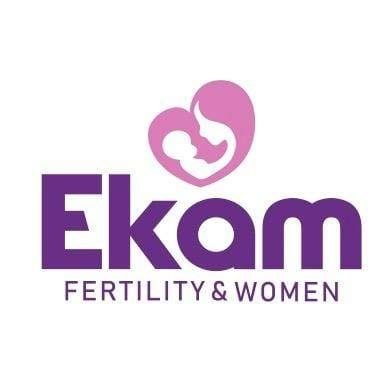Moisture resistance is a critical property for paper products used in various industries, from packaging and printing to tissue production. Paper, being an organic material, is inherently vulnerable to moisture, which can compromise its strength, durability, and functionality. This is where surface additives come into play. These specialized chemicals, when applied during paper manufacturing, significantly enhance the paper’s ability to resist moisture and maintain its integrity under humid or wet conditions.
What Are Surface Additives?
Surface additives are chemical substances added to the surface of paper during the manufacturing process. These additives modify the paper’s physical properties, such as strength, smoothness, printability, and resistance to moisture. Surface additives work by bonding with the paper fibers or forming a protective layer on the paper’s surface, making it more durable and resistant to external factors like water, humidity, and moisture. They play a vital role in applications where paper products are exposed to moisture, such as packaging materials, tissue papers, and labels.
How Moisture Affects Paper Products
Paper is highly sensitive to moisture due to its cellulose content, which is hygroscopic—meaning it absorbs water from the surrounding environment. When paper absorbs moisture, its fibers swell, causing changes in its physical properties. These changes include:
Decreased Strength: Moisture weakens paper fibers, making them more prone to tearing, bending, or breaking.
Loss of Shape: Paper can become wrinkled, wavy, or even distorted when exposed to humidity or water.
Ink Smudging: In printed papers, moisture can cause ink to smudge or bleed, leading to poor print quality.
Degradation of Surface Coatings: Moisture can break down surface coatings, causing them to peel off or lose their protective properties.
These issues can result in poor performance, especially in industries where paper products need to withstand moisture, such as food packaging, tissue production, and even outdoor advertising.
How Surface Additives Improve Moisture Resistance
Surface additives chemicals are specifically designed to enhance the paper’s resistance to moisture by reducing its ability to absorb water. Here’s how they work:
1. Water-Repellent Coatings
Water-repellent coatings are one of the most common surface additives used to improve moisture resistance. These coatings form a thin, protective layer on the paper’s surface, preventing water from penetrating the fibers. They work by reducing the paper’s porosity, making it more difficult for water to seep through. Polyethylene and wax-based coatings are examples of chemicals used to provide water resistance to paper.
2. Wet Strength Resins
Wet strength resins are chemicals that improve the paper’s strength when it is exposed to moisture. These resins bond to the cellulose fibers, creating stronger links between the fibers that prevent the paper from losing its strength in wet conditions. Wet strength resins are commonly used in applications like packaging, tissues, and paper towels, where paper products need to maintain their integrity even when wet.
3. Sizing Agents
Sizing agents are used to reduce the paper’s absorbency, thereby preventing excessive moisture from soaking into the paper. Sizing agents like alkyl ketene dimer (AKD) and rosin-based sizing agents create a hydrophobic layer around the paper fibers, which repels water and makes the paper more resistant to moisture. These additives are commonly used in printing papers to prevent ink bleeding, but they also contribute to moisture resistance in packaging and other paper products.
4. Crosslinking Agents
Some surface additives, such as crosslinking agents, improve moisture resistance by chemically linking the polymer chains in the paper. These agents create stronger bonds between fibers, enhancing the paper’s ability to resist moisture. The stronger the fiber bonds, the less likely the paper will swell or lose its shape when exposed to water.
Applications of Moisture-Resistant Paper
Paper products that are resistant to moisture have a wide range of applications in various industries. Some of the most common applications include:
1. Packaging
In the packaging industry, moisture-resistant paper is crucial for protecting products during transit and storage. Moisture-resistant coatings and wet strength resins ensure that packaging materials, such as boxes, bags, and cartons, maintain their integrity even when exposed to humidity, rain, or moisture. These additives are particularly important for food packaging, where moisture protection is essential for preserving the product inside.
2. Tissue and Towels
Tissue papers, paper towels, and napkins benefit greatly from surface additives that enhance their moisture resistance. Wet strength resins and sizing agents ensure that these products remain strong and functional when wet, improving their absorbency and durability. Moisture-resistant tissue products are essential in the healthcare, hospitality, and consumer goods sectors.
3. Printed Materials
Printed paper products, such as brochures, magazines, and newspapers, require moisture resistance to maintain their print quality and structural integrity. Surface additives help prevent ink from smudging or bleeding, ensuring that printed materials remain sharp and clear, even under humid conditions.
4. Outdoor Advertising
Paper products used for outdoor advertising, such as posters and banners, need to withstand exposure to the elements. Moisture-resistant additives protect these materials from water damage, ensuring that they remain in good condition for longer periods, even in rainy or humid environments.
Benefits of Surface Additives for Moisture Resistance
Using surface additives to improve moisture resistance in paper products offers several benefits:
1. Enhanced Durability
Moisture-resistant paper is more durable and less prone to damage from environmental factors. This results in longer-lasting products that perform well in various applications, from packaging to tissue products.
2. Improved Print Quality
Surface additives ensure that ink adheres better to paper, preventing smudging or bleeding caused by moisture. This results in clearer, sharper prints, especially for printed materials exposed to humidity.
3. Increased Product Longevity
Moisture-resistant paper products last longer and maintain their quality throughout their lifecycle. Whether it’s packaging materials, tissues, or printed advertisements, moisture resistance helps prevent degradation and maintains the product’s functionality.
4. Cost Savings
By improving moisture resistance, surface additives reduce the risk of product failure or damage, reducing waste and increasing overall efficiency in production. This can lead to cost savings for manufacturers, as they don’t need to produce replacement products or deal with customer complaints.
The Importance of Surface Additives for Moisture Resistance
Surface additives play a crucial role in improving the moisture resistance of paper products, making them suitable for a wide range of applications. Whether for packaging, tissue production, or printed materials, these additives ensure that paper maintains its strength and quality, even in challenging environments. By investing in surface additives that enhance moisture resistance, manufacturers can produce more durable, high-quality products that meet the demands of today’s market.
With their ability to protect paper from moisture-related issues, surface additives chemicals are essential for ensuring paper products maintain their functionality, durability, and visual appeal.














































































































































































































































































































































































































































































































































































































































































































































































